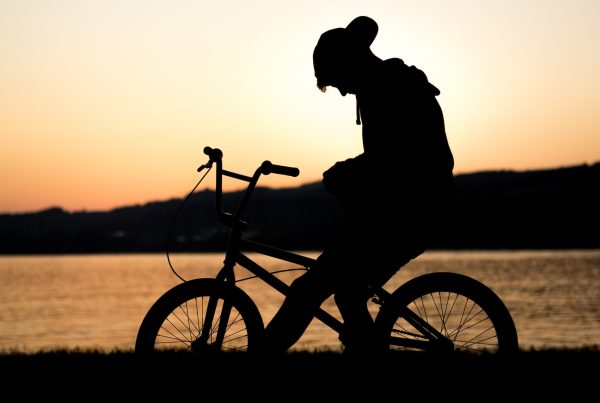In a recent study from Temple University, psychologists Laurence Steinberg and Jason Chein, CLA ’97 discovered that teens are more likely exhibit risk-taking behaviors with friends around but not for the reasons we typically think! In fact, these researchers took their study away from humans and researched the behaviors of mice. Their findings challenge the assumption that “most people attribute the peer effect on adolescent risk-taking to peer pressure or the desire to impress friends.”
Steinberg and Chein raised several mice in same-sex triads and monitored their alcohol consumption as teens and as adults—half of them were tested alone and the other half were tested with their “peer mates.” The researchers found that the adolescent mice drank more alcohol when their peers were present than the adult mice. Steinberg says,
“The outcome of this study, in combination with our other recent findings involving human teens, indicates that the peer influence on reward sensitivity during late adolescence is not just a matter of peer pressure or bravado or in any way dependent on familiarity with the observer. Because adolescents find socializing so rewarding, we postulate that being with friends primes the reward system and makes teens pay more attention to the potential payoffs of risky decisions.”
In 2011, Steinberg and Chein did a similar study, researching the brain activity in teens, young adults, and adults as they made decisions during a simulated driving game. They determined a similar result: adolescents took more risks when they knew their peers were watching them. In another study by Steinberg and Chein, they delved further into their theory and found that familiarity doesn’t play a part in this behavior. Teens typically take more risks when they are surrounded by their peers. Laurence Steinberg suggests, “Adolescents’ reward-seeking behavior may in fact be a hardwired, evolutionarily-conserved process.”
Teens like to take risks. It’s in their nature and part of their developmental process. The persistent swagger, braggadocio, and desire for autonomy are par for the course. Parental awareness is key: we can accept some of it and laugh it off, but the dangerous actions and risk-taking behaviors need to be addressed. We can certainly teach accountability, even to a risk-taking teen.
__________________________________________________________
Temple University. (2013, December 9). “The presence of peers affects adolescents’ reward-seeking behavior.” Medical News Today. Retrieved from
https://www.medicalnewstoday.com/releases/269798.
Logue, S., Chein, J., Gould, T., Holliday, E. and Steinberg, L. (2013), Adolescent mice, unlike adults, consume more alcohol in the presence of peers than alone. Developmental Science. doi: 10.1111/desc.12101









